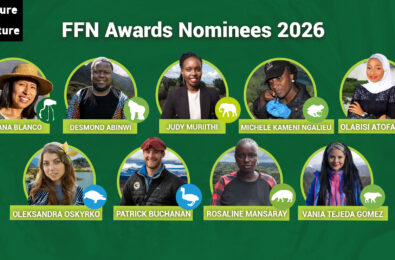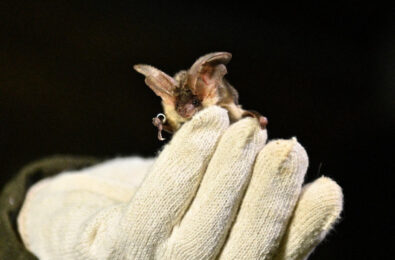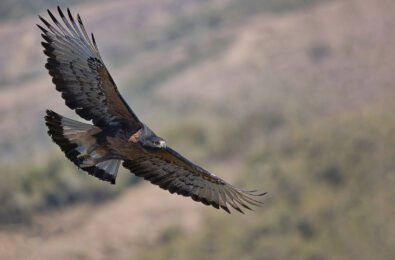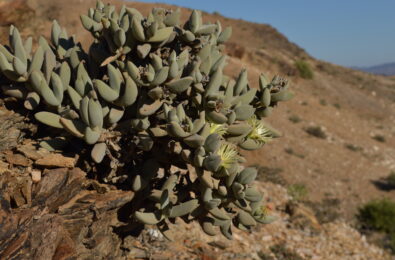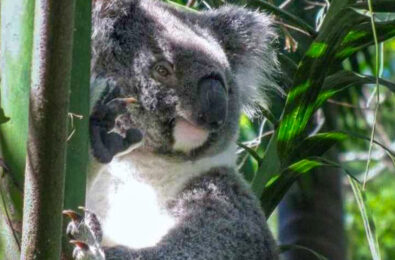Bronwyn Maree creates awareness on seabird bycatch among Chinese fishing fleets
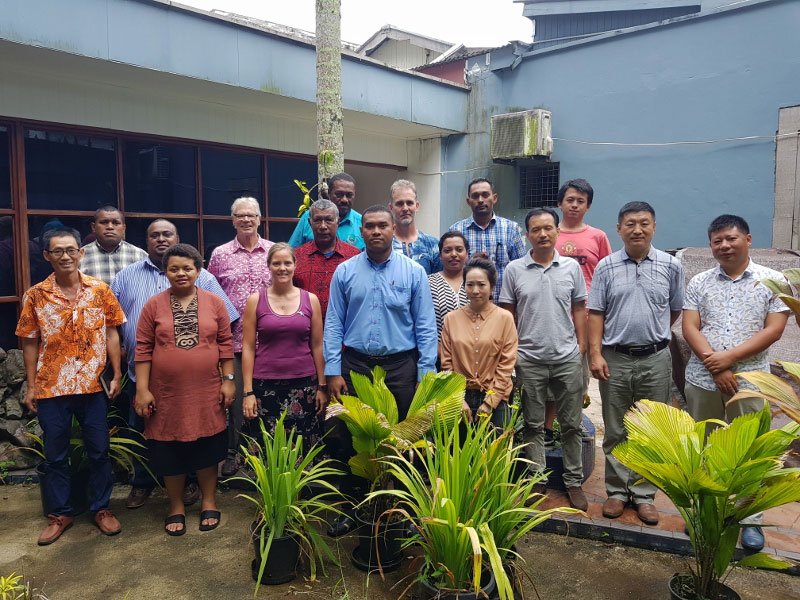
Group picture from inception workshop in Fiji ©BirdLife South Africa/FAO
Bronwyn Maree, winner of the 2014 FFN Award, is the Outreach and Compliance Coordinator for the seabird component of the Common Oceans Tuna Project, and has recently been overseeing a Port-based Outreach pilot project to create awareness of the regulations and seabird mitigation measures, particularly focusing on the Chinese fast-growing fleets.
What is the conservation problem?
Seabirds are constantly in danger of coming into contact with fisheries as they circumnavigate the globe in search of food. Seabird bycatch, particularly of albatrosses and petrels, in fishing gear is a major threat, killing hundreds of thousands of birds each year. Longline fisheries, which accidentally hook the scavenging birds, continue to remain a challenge in terms of minimizing seabird bycatch.
Where was this problem recently identified?
Asian countries operating tuna longline vessels on the high seas have been identified as key target fleets for outreach on seabird bycatch issues under the Common Oceans Tuna Project. China in particular has a fast-growing fleet with very little known or understood regarding their use of seabird bycatch mitigation measures. Initial engagements by BirdLife South Africa suggested that the fleet required additional support and assistance with implementing best practice measures within their high seas fleets.
What is being done?
BirdLife International, through BirdLife South Africa, has been selected as the implementing partner for tackling this difficult problem under the seabird component of the Common Oceans ABNJ Tuna Project.
Through the Common Oceans Tuna Project a Port-based Outreach pilot project has been initiated. This is an awareness project, in which vessels are visited during their time in the port. The aim of the project is to create awareness of the regulations and seabird mitigation measures required for use on the high seas. An inception workshop was held in Suva, Fiji, one of the main ports of these Chinese tuna longline vessels. It is an extension of the port-based outreach work being conducted with all foreign-flagged vessels docking in Cape Town, South Africa. Through the use of translators, the fishers are shown videos, demonstration kits (consisting of examples of the devices used to mitigate bycatch) and printed materials to increase their understanding of seabird bycatch and appropriate mitigation measures available to them.
This workshop brought together key stakeholders including fisheries agents, environmental agencies, seabird bycatch experts, Fijian government representatives and vessel captains. The workshop provided the ideal opportunity for challenges and solutions to be brainstormed amongst the diverse group of participants.
What has been achieved?
Since the first visit to a Chinese vessel was done in mid-January, James Nagan, the project officer has taken the project forward and excelled, providing outreach to over 200 vessels docking in Suva port. This is the first time they have been able to actively engage with this fleet and interact with captains and crew on Chinese vessels. Bronwyn is hopeful that this will aid vessels in understanding the regulations in more detail and lead to an increased understanding and implementation of these seabird bycatch mitigation measures on the water.






